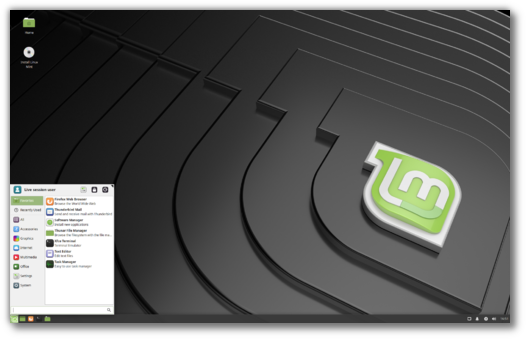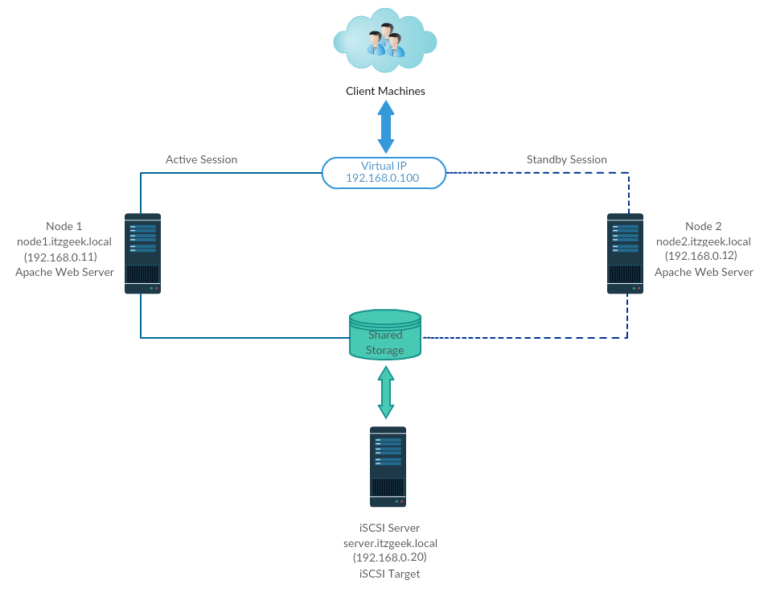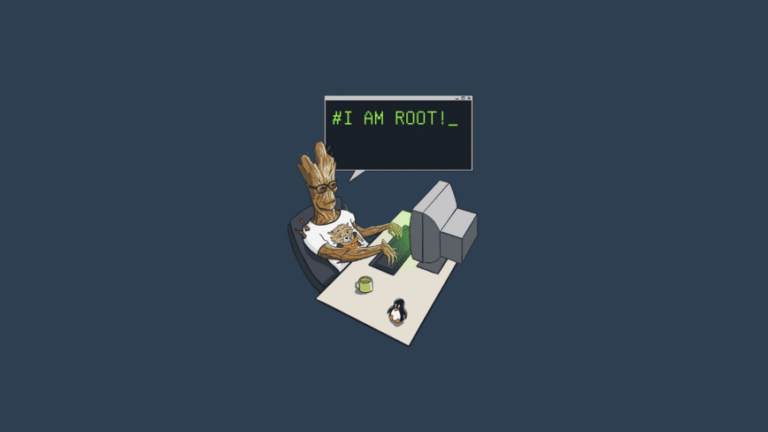For years, CentOS has been more than just a Linux platform, it has been a trusted partner for enterprises and developers, providing a stable foundation for countless applications. As we approach the CentOS end of life (EOL) on June 30, 2024, we face a pivotal moment that requires attention and action.
When CentOS 7 reaches its EOL, it’s not just about the end of updates and patches. It’s about addressing the risks that come with inaction. Imagine your systems becoming vulnerable to cyber threats because new security risks will no longer be addressed. Think about the potential disruption to your business operations due to software compatibility issues. Consider the impact of losing technical support when you need it most. These are the realities we must confront as we face the termination of CentOS updates.
But here’s the opportunity: by proactively addressing the end of support for CentOS, you have the chance to reinforce the security and resilience of your IT infrastructure. This guide is designed to help you navigate this transition, providing you with the insights and tools to ensure your operations remain secure and uninterrupted. Here’s what’s included:
- Significance and Implications of CentOS EOL
- Identifying and Mitigating Risks
- Preparing and Planning for CentOS EOL
- Exploring Support Options
- The Zero-Migration Alternative
The time to act is now. By planning and executing a well-considered transition strategy, you can transform this challenge into an opportunity. This isn’t just about moving away from CentOS 7; it’s about stepping forward into a future where your IT infrastructure is stronger, more secure and ready for what’s next.

Quick Facts About CentOS End of Life:
Contents
- 1 Quick Facts About CentOS End of Life:
- 2 Why the End of Life for CentOS is a Call to Action
- 3 Assessing Current CentOS Deployments
- 4 Steps to Assess Current Deployments:
- 5 Evaluating the Impact
- 6 Impact Evaluation Steps:
- 7 Developing a CentOS Transition Plan
- 8 Steps to Develop a Transition Plan:
- 9 CentOS EOL Support Options
- 10 Key Benefits of Extended Support Services:
- 11 Third-Party Support Options
- 12 Advantages of Third-Party Support:
- 13 An Alternative to Migration
- 14 Why Choose SUSE Liberty Linux:
- 15
- 16 Conclusion
- CentOS EOL Date: Mark your calendars! CentOS 7 reaches end of life on June 30, 2024.
- What is EOL in CentOS? End of life (EOL) for CentOS signifies the end of all official updates, patches and support. Systems still running CentOS past this June 30, 2024 deadline will face significant risks to their infrastructure.
- Is CentOS going to be discontinued? Technically, CentOS will still be available for use after June 30, 2024. However, patches and updates will no longer be available. This leaves IT infrastructure exposed to serious security vulnerabilities, compatibility issues and potential disruptions to business continuity.
Why the End of Life for CentOS is a Call to Action
The end of life for CentOS means the end of all official updates, patches and support. This transition carries significant implications for users, including increased security risks, software compatibility issues and the absence of technical support. Understanding these implications is crucial for making informed decisions about your IT infrastructure:
- Security Risks: Without regular updates, any vulnerabilities identified post-EOL will remain unaddressed, exposing systems to potential cyber attacks. In an era where cyber threats are constantly evolving (and the cost skyrocketing), running an unsupported operating system is like leaving a bank vault door wide open. Organizations must prioritize transitioning to avoid these risks.
- Software Compatibility: As software vendors release new versions and updates, they may not be compatible with an EOL operating system. This incompatibility can disrupt business processes, causing delays and additional costs. Organizations must evaluate the software they rely on and ensure that it remains functional post-EOL.
- Absence of Technical Support: The end of life also means end of support for CentOS 7 via the CentOS community. Without this community, organizations will struggle to resolve issues, leading to prolonged downtime and potential loss of business continuity. Simply relying on in-house solutions will not provide the same level of assurance and reliability.
In understanding these implications, we recognize the urgency of action. This is more than a technical transition, it’s a strategic imperative. By addressing the end of support for CentOS head-on, we protect our systems, ensure compatibility and maintain operational stability.
Assessing Current CentOS Deployments
The first critical step in preparing for CentOS EOL is to conduct a thorough inventory of all systems running CentOS. By identifying which systems and applications rely on CentOS, you gain the clarity needed to navigate this transition effectively. This assessment is the foundation upon which a successful migration strategy is built.
Steps to Assess Current Deployments:
- Inventory Management: Catalog all servers, virtual machines and devices running CentOS. This includes noting down version numbers, hardware specifications and the role of each system within your infrastructure.
- Dependency Mapping: Identify dependencies and integrations of these systems with other parts of your IT environment. Understanding these relationships is crucial for planning migrations without disrupting operations.
- Usage Analysis: Evaluate how critical each CentOS-based system is to your business operations. Prioritize systems that are essential for daily activities and customer interactions.
Evaluating the Impact
Once you have a clear picture of your current deployments, the next step is to evaluate how the EOL will affect your operations. This means looking beyond the immediate technical details and considering the broader implications. Think about potential downtime, resource allocation and the overall impact on business continuity. This evaluation helps you anticipate challenges and prepare your organization to maintain stability and thrive through the transition.
Impact Evaluation Steps:
- Risk Assessment: Analyze the risks associated with continuing to run EOL systems, including security vulnerabilities, compliance issues and potential data breaches.
- Downtime Analysis: Estimate the potential downtime required for transitioning systems to a new platform. Consider both planned downtime for migrations and unplanned downtime due to system failures or security incidents.
- Resource Allocation: Determine the resources needed for the transition, including hardware, software and personnel. This may involve budgeting for new licenses, training staff on new systems and allocating time for migration activities.
Developing a CentOS Transition Plan
Creating a detailed transition plan is essential for ensuring a smooth migration from CentOS. This plan will be your roadmap to success. It should include clear timelines, precise resource allocation and robust risk mitigation strategies. Through detailed planning, you’ll set your organization up for a seamless transition and a future-proof infrastructure.
Steps to Develop a Transition Plan:
- Set Clear Timelines: Define a realistic timeline for completing the migration. This should include milestones for assessment, planning, testing and full deployment. Ensure that deadlines are achievable and account for potential delays.
- Allocate Resources: Assign dedicated teams or personnel to oversee the migration process. Ensure that you have sufficient budget for necessary tools, licenses and any external support you might need.
- Risk Mitigation Strategies: Develop strategies to minimize risks associated with the transition. This could include running parallel systems during the migration, maintaining backups and having a rollback plan in case of issues.
- Testing and Validation: Before fully transitioning, conduct thorough testing of the new systems. This includes compatibility testing, performance evaluations and security assessments to ensure the new environment meets your requirements.
CentOS EOL Support Options
As CentOS 7 reaches EOL, some vendors offer extended support services to provide updates and patches beyond the official EOL date. These services are designed to help organizations maintain security and stability while they plan and execute their migration strategies. Extended support can be particularly valuable for critical systems that cannot be immediately transitioned to a new platform.
Key Benefits of Extended Support Services:
- Security Patches: Continued provision of security patches ensures that systems remain protected against new vulnerabilities.
- Bug Fixes: Ongoing bug fixes help maintain system stability and performance.
- Compliance: Extended support helps organizations meet regulatory and compliance requirements by keeping their systems up to date.
Third-Party Support Options
In addition to extended support from original vendors, third-party support providers offer patches, updates and technical support to bridge the gap post-EOL. These providers often specialize in maintaining legacy systems and can offer tailored support packages to meet specific needs.
Advantages of Third-Party Support:
- Cost-Effective Solutions: Third-party support can often be more affordable than vendor-provided extended support.
- Customized Support: Providers can offer customized support packages, including 24/7 technical assistance and proactive monitoring.
- Flexibility: Third-party providers can be flexible in their support offerings, adapting to the unique requirements of each enterprise.
An Alternative to Migration
One robust alternative to CentOS is SUSE Liberty Linux, which offers continued support and updates with zero migration, making it an ideal option for organizations seeking a smooth transition. SUSE Liberty Linux is crafted to deliver a seamless experience for users familiar with CentOS, with the added benefits of enterprise-grade follow the sun support from a company that has been in the enterprise Linux space for more than 30 years, This isn’t just about finding a new system; it’s about choosing a partner that ensures your operations remain secure, efficient and future-proof.
Why Choose SUSE Liberty Linux:
- Continued Support, Ensuring Security and Stability: As CentOS 7 reaches its end of life on June 30, 2024, SUSE Liberty Linux steps in to provide ongoing support and updates. Your systems will continue to receive essential security patches and stability improvements, protecting them from vulnerabilities and ensuring they remain robust. With SUSE’s 30+ years of experience in enterprise Linux environments, you can trust that your infrastructure will be well-supported and resilient against evolving cyber threats. Learn how manufacturing company, WEG, enhanced its Linux security and support with SUSE Liberty Linux.
- Custom-Tailored Solutions: SUSE Liberty Services ensure a seamless transition to SUSE Liberty Linux, providing expert support and tailored solutions to fit your business needs. Whether you need a quick health check or comprehensive infrastructure implementation, our services offer a smooth move to Liberty Linux with three fixed-price options. Benefit from accelerated ROI, reduced risk, and best practices from the field. Experience efficient, custom-tailored solutions from SUSE Liberty Services and transform your CentOS environments with confidence.
- Seamless Transition, Zero Migration: Transitioning from CentOS to another platform can be a daunting task, but SUSE Liberty Linux avoids this problem. With SUSE Liberty Linux, no migration is required. Its compatibility with CentOS (at the ABI level) means you can move forward without making changes to your existing infrastructure. The transition process is straightforward: simply remove patch repositories from Red Hat and install SUSE channels. This seamless transition ensures your systems remain stable and functional, allowing you to focus on your core business activities without disruption.
Conclusion
Navigating the end of life for CentOS 7 requires a strategic and proactive approach. With the firm EOL date of June 30, 2024, organizations must act swiftly to ensure the security and stability of their IT infrastructure. The end of updates and support exposes systems to significant risks, including security vulnerabilities and operational disruptions. By thoroughly assessing current deployments, evaluating the impact and developing a comprehensive transition plan, organizations can mitigate these risks and maintain continuity.
Transition from CentOS is inevitable. However, selecting robust alternatives like SUSE Liberty Linux, which provides continued support without requiring any migration, can ensure a seamless transition. Implementing careful strategies and leveraging available tools will minimize disruptions.
By taking decisive action now, you can ensure a smooth transition and maintain the security, compliance and efficiency of your operations well into the future. This is your moment to turn a potential setback into a strategic advantage. Let’s embrace this opportunity to build a stronger, more resilient IT foundation.
Learn more about SUSE Liberty Linux or reach out to us for assistance with your CentOS transition.
(Visited 1 times, 1 visits today)






